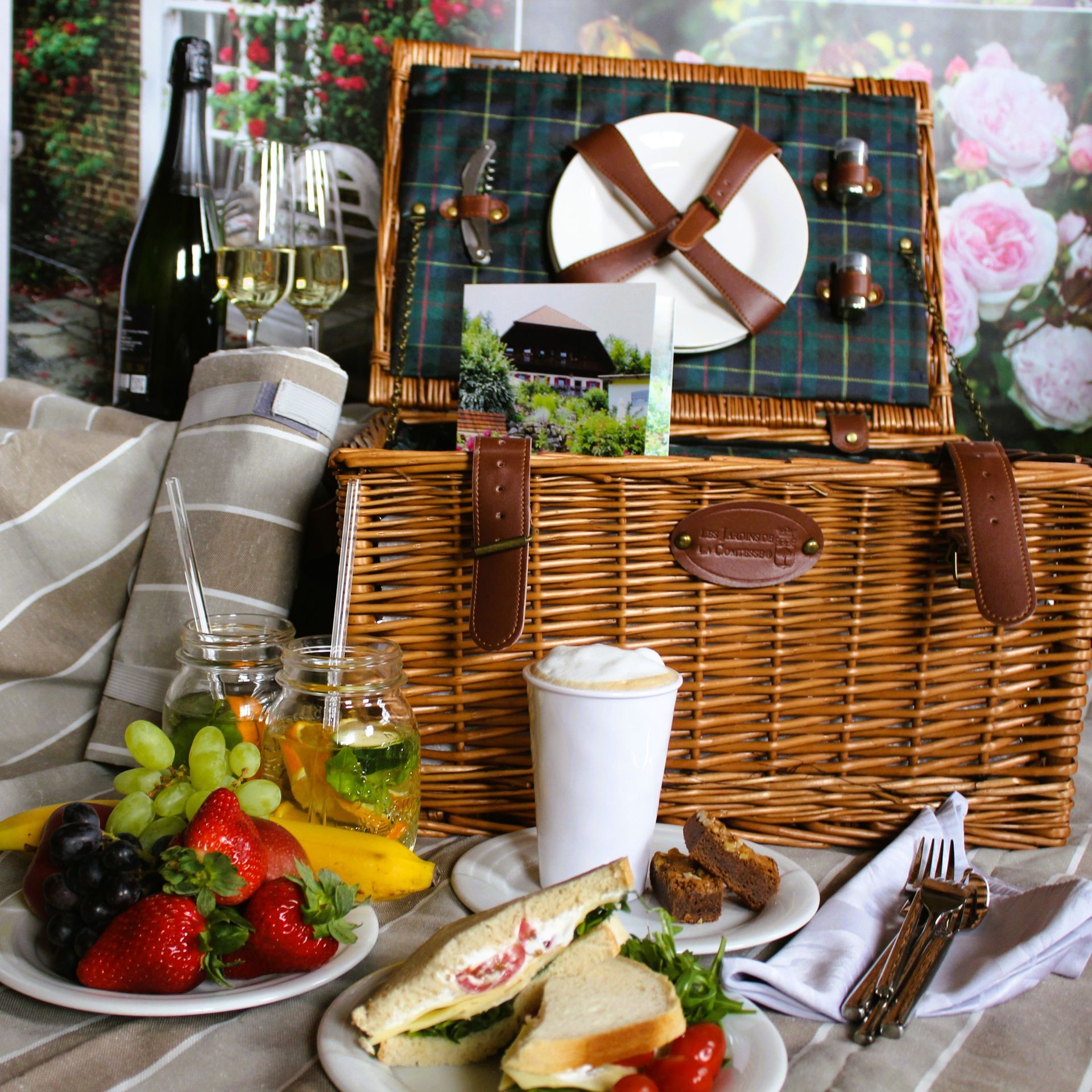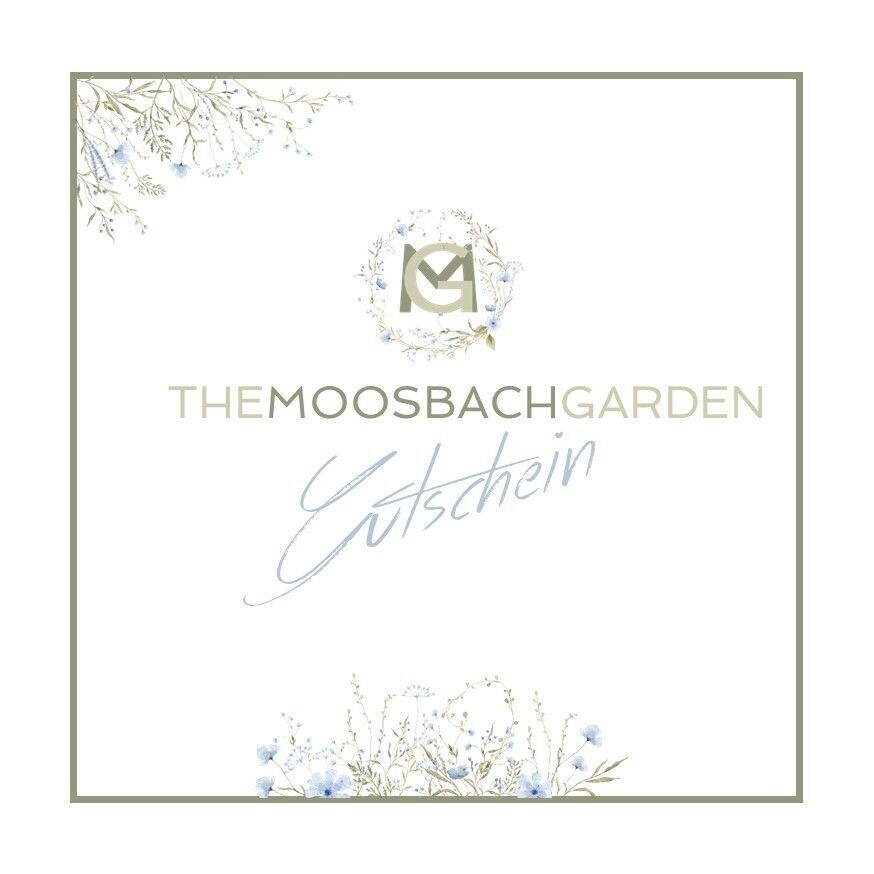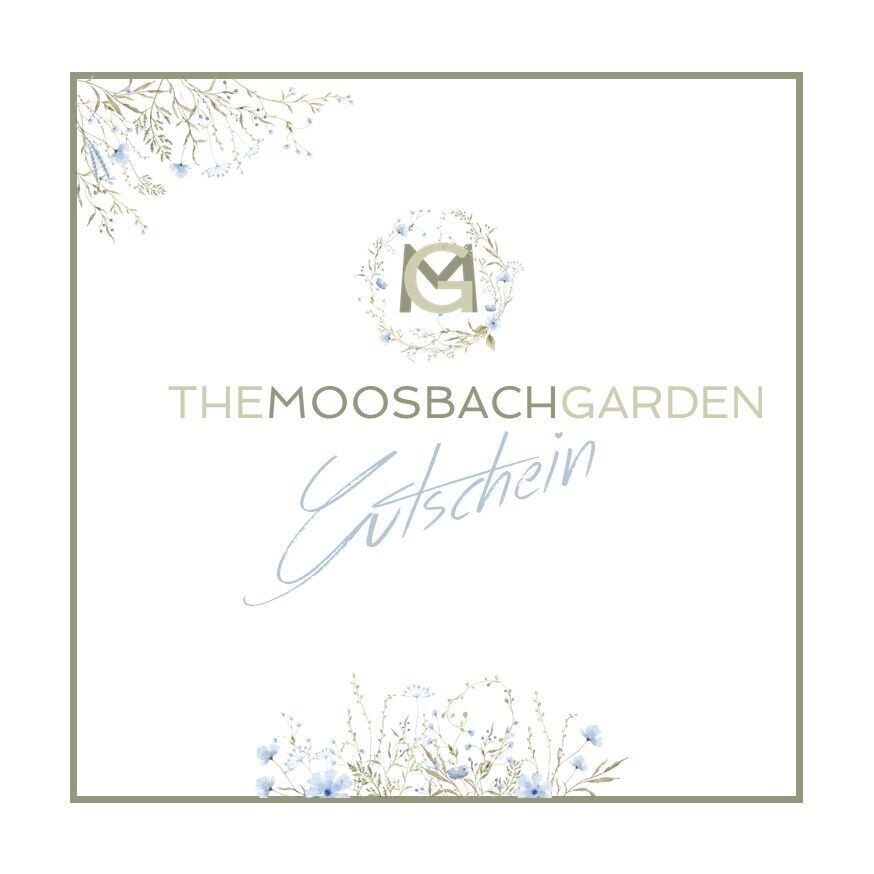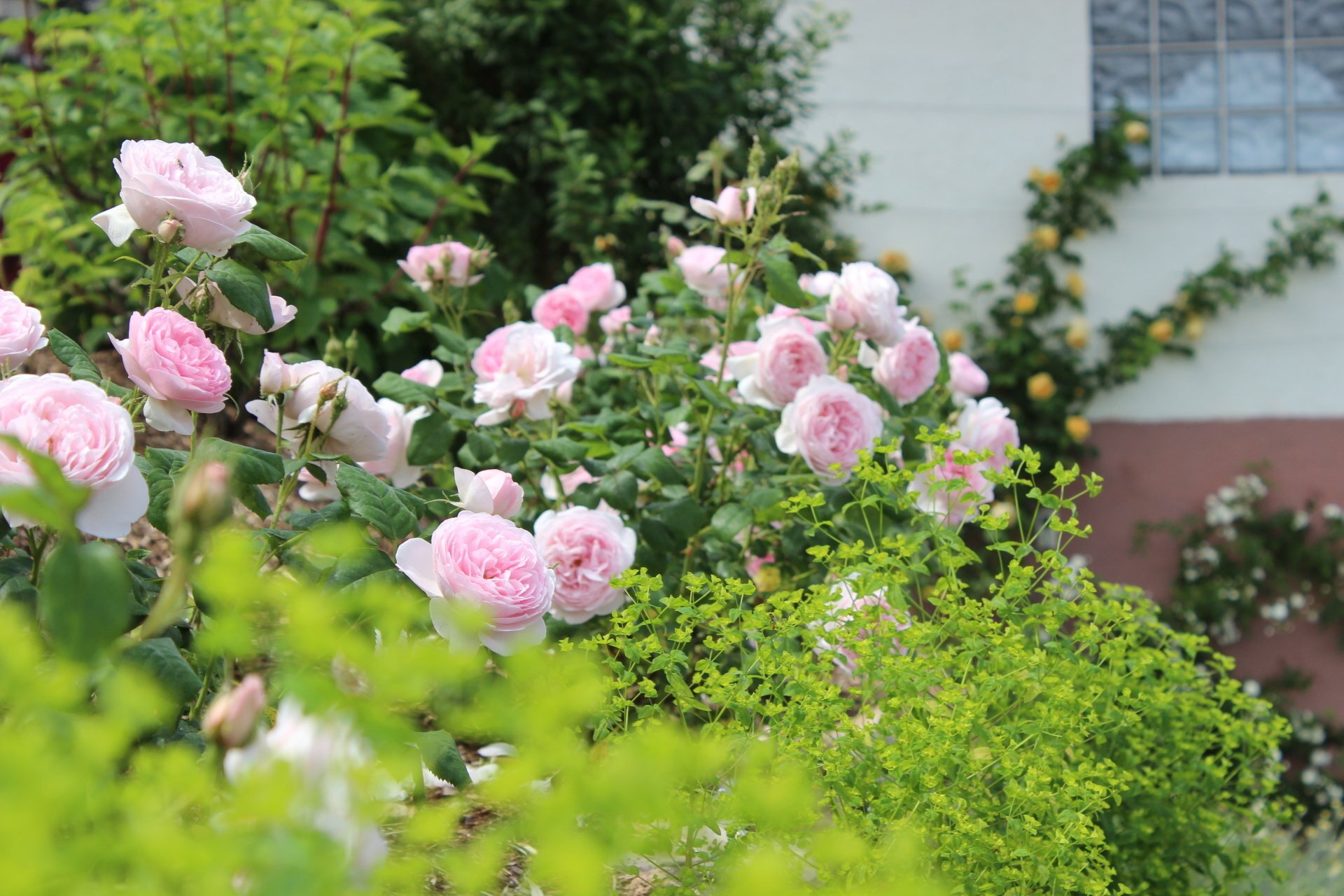Black Forest Open Air Museum Vogtsbauernhof – A journey through 400 years of Black Forest history
m Black Forest Open Air Museum Vogtsbauernhof In Gutach, visitors experience firsthand how people in the Black Forest lived, worked, and resided in authentically furnished rooms. Farms, mills, sawmills, living rooms and barns You immerse yourself in the traditional everyday life of this unique region.
The visit is especially exciting for children: In the Museum workshop They are allowed to lend a hand themselves – for example, when crafting... Cuckoo whistles or small Waterwheels. In the Hotzenwald House There are straw beds available to try out, and on the "Childhood Attic" a lovingly designed playroom with a fairy tale corner, puppet theater, school desks and much more.
The Vogtsbauernhof – heart and namesake
The Vogtsbauernhof is the oldest building on the museum grounds and was built in the year 1612 Built in the Gutach Valley. It still stands in its original location today and is a symbol of classical architecture. Black Forest House with a typical hipped roof. The museum was opened in 1964 as the first of its kind in Baden-Württemberg – initially, the Vogtsbauernhof stood alone in the vast landscape.
The project was initiated by Professor Hermann Schilli, who intensively studied the house styles of the Black Forest and published his book "Das Schwarzwaldhaus" (The Black Forest House) in 1953. He significantly shaped the museum until his death in 1981 and brought important historical buildings from various regions to the now over 7 hectares Grounds.
Historic buildings to discover - Hippenseppenhof (1599, Furtwangen-Katzensteig): The oldest farmstead in the museum, on display there since 1966. Here, visitors learn, among other things, where the famous
Bollenhut originates and how the
cuckoo clock was created.
- Lorenzenhof (1608, Oberwolfach): Typical
Kinzig Valley House with a massive basement. The ground floor houses an exhibition about
Forestry in the Black Forest, the upper floor displays old trades such as
rafting,
Glassblowing and
Mining.
- Hotzenwald House (Reconstruction of the Klausenhof from Großherrischwand, built in 1756): This house was reconstructed in the museum based on the model from the rugged Hotzenwald – with a deep hipped roof, a front passage as a cold buffer and an integrated workshop and experience area.
- Schauinslandhaus (Built in 1730, moved to the museum in 1981): Notable for its entrance on the gable end. Inside is a
Schnefler workshop, where everyday objects such as bowls, spoons or shingles were formerly made of wood.
- Falkenhof (Built in 1737, from Buchenbach-Wagensteig): Part of the museum since 1999. The stable is used today.
old livestock breeds held, while the upper floor maintained the status of
1844 shows – the year in which residential use was abandoned.
Other highlights at the Vogtsbauernhof
The museum also includes many smaller, but no less interesting buildings:
- Life annuity house & day laborer's house
- Storage facilities, grain mills, sawmills and a hammer mill
- Hemp grater and two historic chapels
These buildings and workshops make the Vogtsbauernhof open-air museum to one of the most important places for vibrant Black Forest cultural historyWhether with family, as a school class or as a history enthusiast – here the past becomes tangible.
Arrival & Opening Hours
The museum is from Moosbach Garden in Nordrach in only about 45 minutes Accessible by car –
ideal for a half-day trip or a culturally rich holiday day in Central Black Forest.
Season 2025:
Open daily from
March 23 to November 2, from
9:00 to 18:00
Last entry:
5:00 PM
Contact the museum near Gutach:
Black Forest Open Air Museum Vogtsbauernhof
77793 Gutach (Black Forest Railway)
Telephone 49 7831/46 79 35 00
Opening hours, prices and further information:https://www.vogtsbauernhof.de/













